Manufacturer of Cryogenic Semi-trailer Transport Tanks from 20000 liters and 60000 liters.
The cryogenic semi-trailer tanker mainly consists of the horizontal storage tank, half trailer chassis, operation box, cryogenic liquid pump, automatic compressor, flow hose and connection pieces between the tank and chassis. It is a necessary gas carrier in cryogenic liquid transportation.
1. Storage medium: LO2, LN2, LAr, LCO2 and LNG
2. Working pressure: 0.2MPa ~ 2.2MPa, or as requrested.
3. Effective capacity: 4m³~51m³
4. Insulation method: vacuum powder
5. Manufacturing standards: A2, C2, GC1, GB-150, ASME, U STAMP, ISO9001 : 2008
6. 20000L size 10590mm*2480mm*3750mm

cryogenic Semi-trailer Transport
DSW has passed ISO9001:2008 International Quality Supervision System Certification. We own a 170000 square meter building size; the total assets are 180 million, we can produce 120pcs of different cryogenic tanks per month, and we have 500 workers and staff members, including 55 technicians (6 super-engineers, 19 engineers, ten primary technicians, one super-technician, four technicians, 15 Nondestructive Tester (RT, UT). There are eight departments: technology, production, sales, quality, purchase, finance, secretary and standard, 1 general management office, one international export office, five workshops and 1 Installation Company.
Types of cryogenic semi-trailer transports
Several types of cryogenic semi-trailers transport cryogenic gases or liquids. Here are some common types:
Cryogenic Liquid Tanker Trailers:
These trailers are designed to transport cryogenic liquids such as liquid oxygen (LOX), liquid nitrogen (LIN), liquid argon (LAR), and liquid natural gas (LNG).
They feature double-walled construction with high-quality insulation materials to maintain the low temperatures required for cryogenic liquids.
Cryogenic liquid tanker trailers usually have a cylindrical or spherical shape to minimize heat transfer and maximize storage capacity.
They are equipped with specialized valves, pressure relief systems, and safety devices to ensure cryogenic liquids’ safe and efficient transport.
Cryogenic Gas Tanker Trailers:
These trailers transport compressed cryogenic gases such as hydrogen (H2), helium (He), and carbon dioxide (CO2).
Cryogenic gas tanker trailers are typically designed as high-pressure vessels to accommodate the compressed gases.
They are constructed with robust materials to withstand high pressures and have proper insulation to minimize heat transfer and maintain gas purity.
These trailers feature specialized valves, pressure regulators, and safety systems to ensure the secure transport of cryogenic gases.
Cryogenic ISO Containers:
Cryogenic ISO containers are standardized shipping containers for intermodal transportation of cryogenic gases and liquids.
They are built according to ISO (International Organization for Standardization) standards and can be easily transported by road, rail, or sea.
Cryogenic ISO containers come in various sizes and capacities, ranging from small portable units to large-scale storage and transport systems.
They have insulation, pressure control systems, and safety features to maintain the required cryogenic temperatures during transportation.
Cryogenic Tube Trailers:
Cryogenic tube trailers are typically used for transporting smaller quantities of cryogenic gases or liquids.
They consist of interconnected high-pressure tubes or cylinders mounted on a trailer chassis.
Cryogenic tube trailers are commonly used to deliver cryogenic gases to industrial facilities, research laboratories, and medical centres.
These trailers, with pressure relief systems and safety valves, are designed to ensure cryogenic materials’ safe containment and transport.
Industry Trends and Challenges
Several industry trends are shaping the field of cryogenic semi-trailer transport. Here are some notable trends:
Increasing Demand for LNG:
The demand for liquefied natural gas (LNG) as a cleaner fuel source is growing, driven by environmental regulations and the transition towards cleaner energy.
This trend has increased the need for cryogenic semi-trailer transports specifically designed for LNG transportation.
Manufacturers are developing advanced cryogenic trailers with larger capacities and improved insulation to meet the rising demand for LNG transport.
Advancements in Insulation Materials:
Insulation is crucial in maintaining the low temperatures required for cryogenic transport.
A continuous focus is on developing and utilizing advanced insulation materials with better thermal performance, such as vacuum insulation panels (VIPs) and advanced foams.
These materials improve the energy efficiency of cryogenic semi-trailer transports, reduce heat transfer, and enhance the trailers’ overall performance.
Integration of Telematics and IoT:
Integrating telematics and the Internet of Things (IoT) technologies is gaining traction in the cryogenic transport industry.
Telematics systems, including GPS tracking, sensors, and connectivity, enable real-time monitoring of trailer location, temperature, pressure, and other critical parameters.
This enhances safety, improves logistics management, and enables predictive maintenance, ensuring the efficient and secure transport of cryogenic gases or liquids.
Focus on Safety and Regulatory Compliance:
Safety is paramount in the cryogenic transport industry, and there is an increased focus on implementing stringent safety measures and adhering to regulatory standards.
Manufacturers are incorporating advanced safety features, such as pressure relief systems, emergency shutdown mechanisms, and monitoring systems, to ensure the safe operation of cryogenic semi-trailer transports.
Compliance with international codes and standards, such as the International Organization for Standardization (ISO) and the American Society of Mechanical Engineers (ASME), is crucial.
Environmental Sustainability:
Environmental concerns are driving the development of more environmentally friendly cryogenic transport solutions.
Manufacturers are exploring technologies that reduce greenhouse gas emissions while transporting and storing cryogenic gases and liquids.
This includes using cryogenic semi-trailer transports with improved insulation, energy-efficient refrigeration systems, and adopting alternative fuels or power sources.
Integration of Automation and Digitalization:
Automation and digitalization are transforming various industries, and the cryogenic transport sector is no exception.
Integrating automation technologies, such as robotic loading and unloading systems, enhances operational efficiency and reduces human error.
Digitalization enables seamless data management, supply chain optimization, and remote monitoring, facilitating better fleet management and decision-making.
These trends highlight the evolving nature of the cryogenic semi-trailer transport industry, which is driven by technological advancements, changing market demands, and environmental considerations. Manufacturers and industry stakeholders continue to innovate and adapt to these trends to meet the market’s evolving needs.

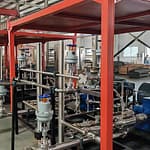

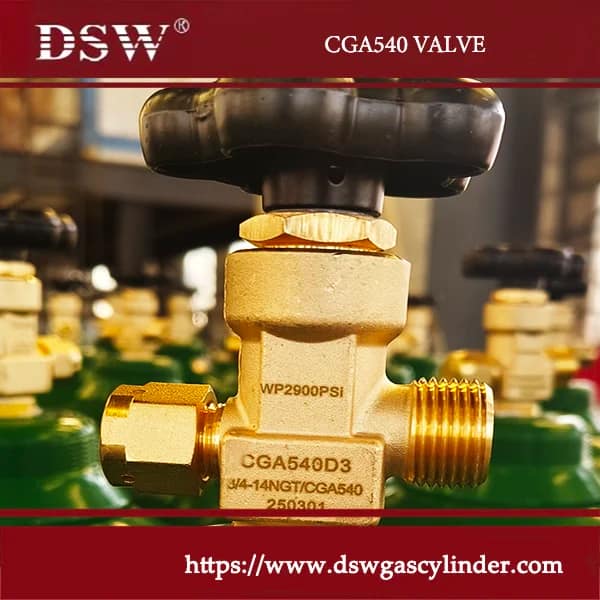
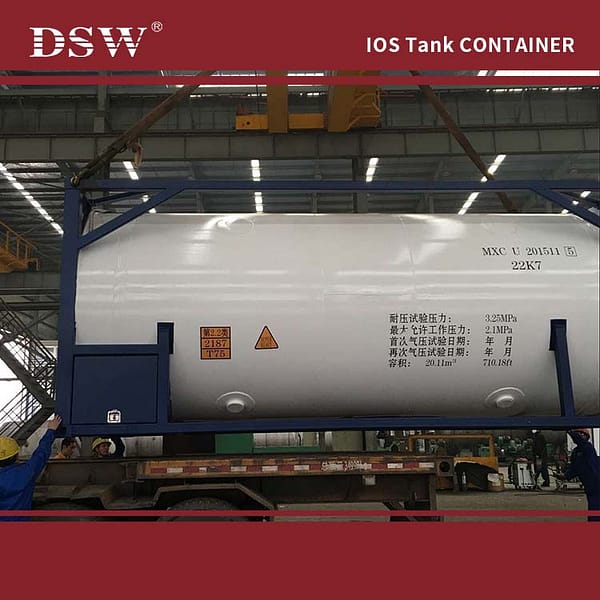
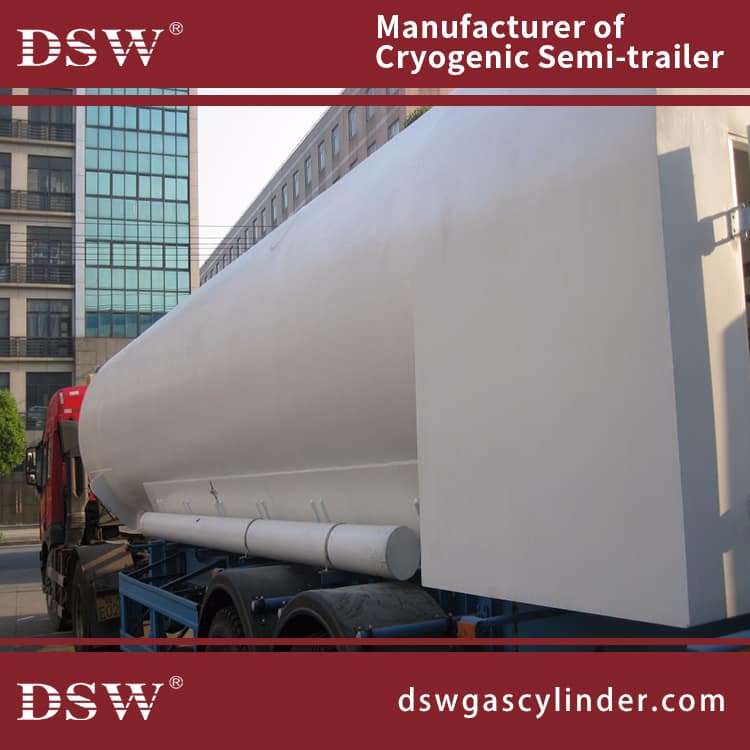
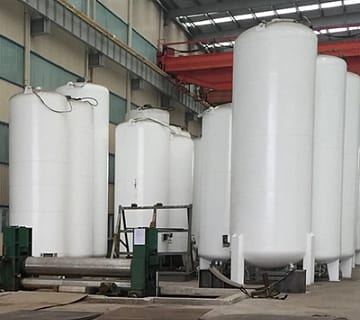
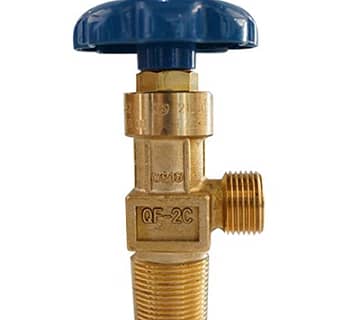
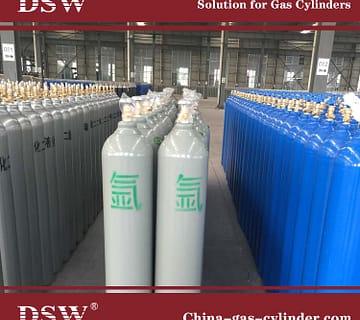
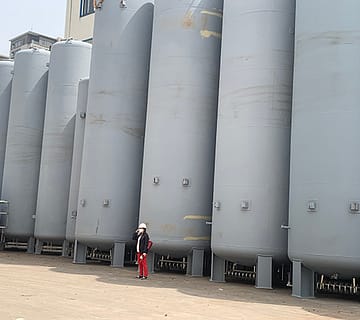
No comment